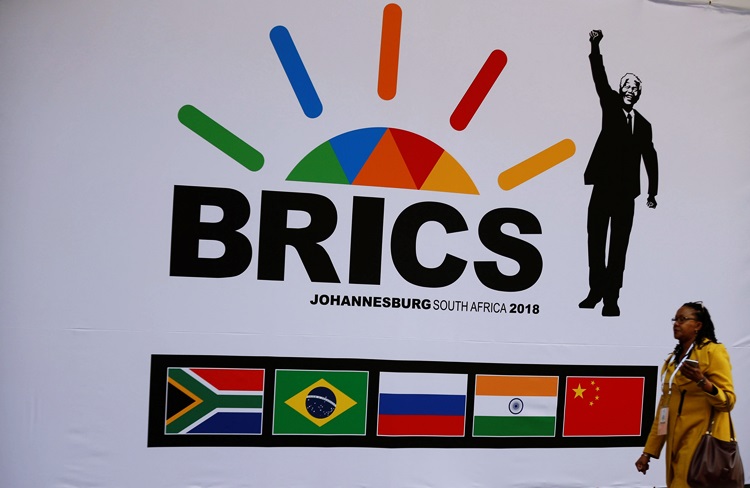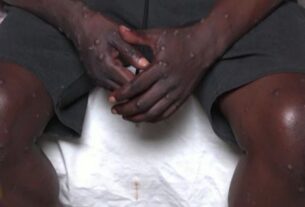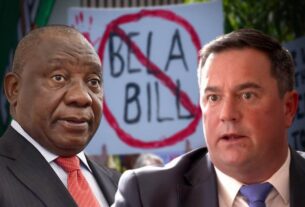Eskom will be the main beneficiaries of the cash injection, but the loans coming from Brics’ development bank will be invested in many different projects.
The President of the Brics National Development Bank, Kundapur Vaman Kamath, says the bank plans to approve development financing amounting to $2.3 billion / R30 billion in South Africa by the end of the year. Eskom have hit the jackpot, securing around $180 million / R2.5 billion in loans.
Kamath said this when he addressed the fourth annual meeting of the New Development Bank at the Cape Town International Convention Centre on Monday. He said:
“As I briefly mentioned earlier, we launched our Africa Regional Centre in Johannesburg in August 2017. We are pleased to see that it is already bearing fruit.”
“While the Bank only approved three projects from South Africa aggregating US$680 million in the past three years, the Africa Regional Centre has enabled us to quickly identify six projects for 2019.”
“Of these, three projects, aggregating $790 million, were approved by the Board of Directors yesterday. We plan to end the year with total loan approvals of about $2.3 billion in South Africa.”
Kundapur Kamath
How the money will be spent on Eskom
Eskom are the main beneficiaries of this cash injection: The New Development Bank’s Project Finance Facility (PFF) will be used to support the development of grid connection infrastructure, which is vital for the development of renewable energy projects.
The PFF will also support renewable energy development and reduce the country’s reliance on fossil fuels. It’s a project will integrate a total of 670 MW of renewable energy into the power utility’s grid. This was part of the proposals the bank drew up for the utility last month.
What is Brics’ New Development bank?
The New Development Bank, which was officially launched at the Brics Summit in Russia in 2015, is a multilateral development bank established by Brazil, Russia, India, China and South Africa in accordance with the agreement on New Development Bank signed on 15 July 2014 in Fortaleza, Brazil.
The purpose of the bank is to mobilise resources for infrastructure and sustainable development projects in Brics and other emerging economies and developing countries, complementing the existing efforts of multilateral and regional financial institutions for global growth and development.
Addressing the meeting on Monday, which was also attended by Finance Minister Tito Mboweni, Higher Education Minister Naledi Pandor – in her capacity as the Brics Inter-Ministerial Committee Co-Chair, Deputy Ministers from Brics member countries and the bank’s governors, Kamath said the bank supports the member countries’ commitment to sustainable development.
How Brics have supported South Africa
He said building on a base of 13 loans for $3.4 billion at the end of 2017, the bank approved 17 loans totalling about $4.6 billion in 2018, bringing the total loan book of the Bank to 30 projects, aggregating about $8 billion.
He said in response to the need for non-sovereign lending in member countries, the bank approved four non-sovereign loans aggregating about $1 billion in three countries in the last year, taking its total non-sovereign portfolio to about $4 billion.
“Nearly 80% of our lending is now in the transport, clean energy, and water and sanitation sectors, with urban development and environmental protection also forming a major part. We have also invested in building a strong and more diversified pipeline of projects for 2019.”
He said the bank now looks to go beyond the “do-no-harm” approach that has benefitted the likes of Eskom, in order to incorporate a more transformative approach to development:
“We are focusing on the development impact of our lending through more robust monitoring frameworks and measurement of projects’ contributions to our members’ SDG commitments. Sustainability therefore remains at the core of everything we do.”





